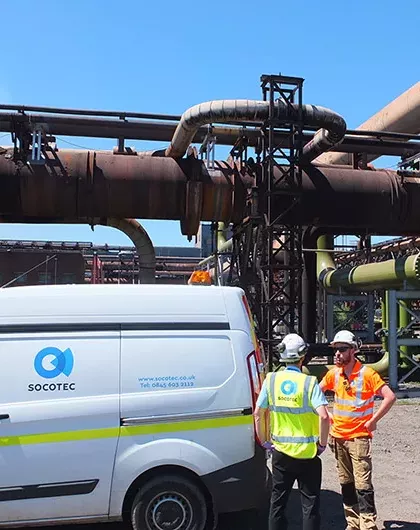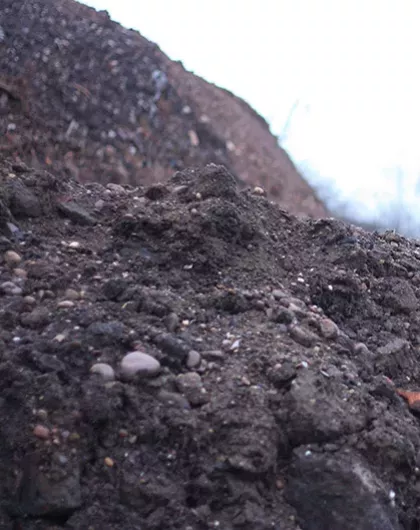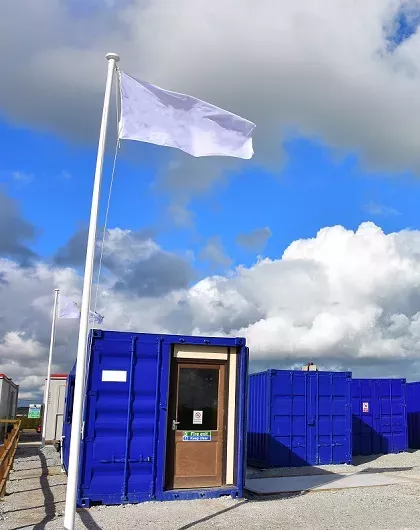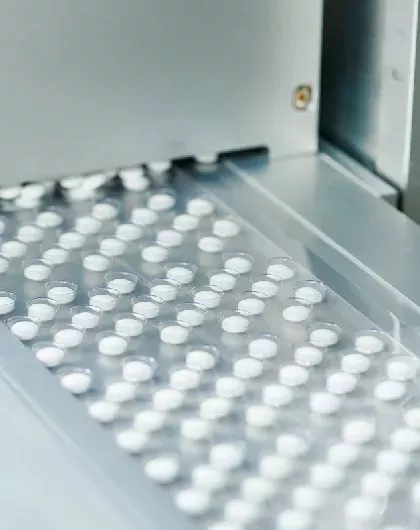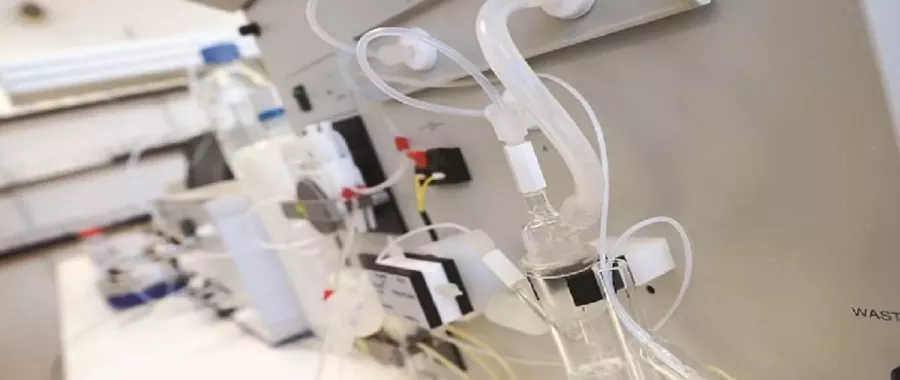SOCOTEC can provide low level Arsenic (As), Mercury (Hg) and Selenium (Se) analysis in water, sediment and soil samples.
Monitoring the environment
Arsenic and Mercury can have a significant impact on the environment, even at low levels, due to their high toxicity and ability to accumulate in industrially contaminated soils. Consumption of contaminated water can cause skin damage, nervous system damage, muscle weakness and cancers.
In the environment, sources of Arsenic and Mercury range from natural deposits to industrial discharge and landfill contamination. The U.S. Environmental Protection Agency (EPA) has guidelines on the maximum concentration allowed for the protection of aquatic life and agriculture.
Although Selenium salts are toxic in large amounts, trace amounts of Selenium are necessary for the cellular function in animals and is classified as an essential micronutrient for animals. Deficiency in Selenium can cause Keshan disease in humans and result in symptoms of hypothyroidism leading to extreme fatigue; deficiencies in cattle may require supplements to prevent white muscle disease. It is therefore important to monitor the levels of Selenium in agricultural land to ensure sufficient Selenium is entering the food chain through grazing grasses.
Low Level Detection
Detecting low levels of Arsenic, Mercury and Selenium can be challenging in the commonly used ICP-MS analysis, due to chemical and matrix interferences and the precipitation of salts from marine sediment and waters. Atomic Fluorescence techniques for the analysis of Arsenic, Selenium and Mercury are fast, precise and accurate to quantify in challenging matrices down to low levels.
Arsenic and Selenium Analysis
Arsenic and Selenium are present in several different oxidation states and complexes in the environment. A pre-treatment process is used to convert the available metals into the correct oxidation state for subsequent reduction to the relevant hydride (Hydride Generation). Atomic Fluorescence Spectrometry (HG-AFS) is employed to detect the specific metal hydride, minimising matrix interference.
Mercury Analysis
Mercury is also present in multiple oxidation states and complexes in the environment. A pre-treatment process is used to generate Hg2+ which can be subsequently reduced to elemental mercury (Cold Vapour). Atomic Fluorescence Spectrometry (CV-AFS) is employed to specifically detect the elemental mercury vapour with minimal matrix interference.
Matrices
Low level Arsenic, Mercury and Selenium determinations can be carried out on a range of matrices including waters, soils and marine samples (seawater and sediments). SOCOTEC hold UKAS (ISO 17025) accreditation* for the determination of low level Arsenic, Mercury and Selenium in soil samples.
Detection Limits
Arsenic, Mercury and Selenium down to parts per trillion (ppt) levels in waters and to parts per billion (ppb) in soils.

Talk to our experts
Want to find out more about SOCOTEC's Environmental Science services?
You might also be interested in:
Other news









